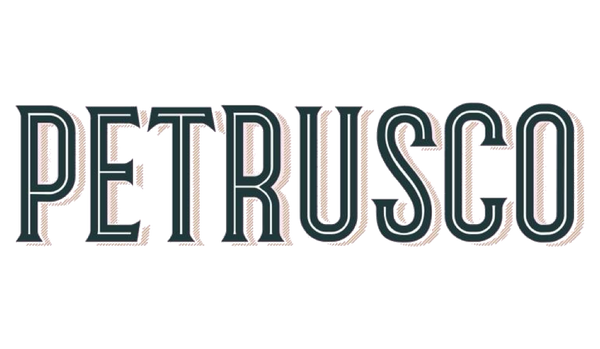Caviar – the name alone sounds exquisite, and its reputation definitely precedes it. Everyone has heard of caviar, but not everyone is lucky enough to taste it. Are you a caviar enthusiast and enjoy this delicacy regularly? Do you know precisely what caviar is?
About caviar
By definition, caviar is roe from the sturgeon fish. The best and most precious caviar comes from sturgeon that lives in the Caspian and the Black Sea. However, due to overfishing, the tasty pearls of caviar are now produced across the globe.
Caviar is a delicacy served raw, usually as an appetizer, with or without foods that complement its flavor and texture. Caviar etiquette is vital, as this expensive treat cannot be consumed just to satisfy curiosity or hunger. Everything about caviar is described and recommended in specific guidelines, from preparation and serving to eating.
How is caviar prepared?
Eating caviar is synonymous with elegance, luxury, and opulence. The preparation of caviar involves capturing sturgeon in nets and bringing them to the fishery laboratory where their egg pockets are emptied while the fish are still alive. Otherwise, under the stress of death, the fish release a chemical into the roe that gives caviar a bitter taste.
Is it Beluga caviar?
The highest-grade caviar is processed manually. The egg fish is removed from the sturgeon, and then the roe bags are whipped with birch switches to break. The freed beads are passed over special screens with mesh of varying sizes in order to grade the eggs. The roe is rubbed with the palms of the hands to remove the binding tissue and separate the individual eggs.
The resulting caviar drops under the mesh in a tub, and once it reaches a certain amount, it is moved into a sieve where dry salt is added. The caviar is left to drain, packed inside porcelain, glass or metal tins and covered with tight-fitting lids to be sotred. Every step of the process must be made with care, as breaking or bruising the caviar pearls will affect its quality.
What are the caviar varieties?
For a long time, the term ‘caviar’ referred solely to the roe of sturgeon that comes from the Caspian Sea: Beluga, Ossetra, and Sevruga. However, in our current days, the term has expanded both geographically and semantically.
High-quality caviar can be farmed and harvested countries other than Russia and Iran – with France, Bulgaria, Uruguay, China and the US being only some of them. Furthermore, to avoid over-fishing, the term caviar is widely used to describe Paddlefish, Hackleback, and Salmon roe. While these are a tasty, budget-friendly alternative to traditional caviar, they are not considered to be true caviar.
The most appreciated beads of caviar are produced from the Beluga and Ossetra varieties of sturgeon. Beluga provides the rarest and priciest caviar, as the light grey eggs are large and pearlescent, with a smooth buttery texture and an aroma that is both subtle and rich when it melts on the palate. Ossetra caviar has a more distinctive flavor, with nutty, briny, fresh notes, and color that ranges from golden to brown.
Kaluga's texture and taste is reminiscent of Beluga caviar. This species is farm-raised, so it is sustainable and enables strict quality controls. This variety of caviar is smooth and creamy, and the delicious beads pop firmly when crushed between tongue and palate.
Caviar – fresh or pasteurized?
Without any doubts, the best (and freshest) caviar does not have a long shelf life. Manufacturers usually pasteurize fish roe with additives like Borax and LIV-1. These compounds extend the shelf life of the eggs, but caviar enthusiasts swear that pasteurization diminishes their flavor and complexity. At Petrusco we only add sea salt to our caviar, and pack it fresh as we receive orders.
Why is caviar so expensive?
Alongside saffron and white truffles, sturgeon caviar is a pricy luxury food. Did you know that the most expensive caviar is from Almas White Beluga and 1 kilogram of it costs $25,000? The price of these luxurious goods seems easy to explain: the longer it takes to grow or produce it, the higher the cost. Beluga caviar is produced when the fish reaches the incredible age of 18-20 years.
The truth is that the price of caviar depends on several factors. What fish is it? Did it need a long time to produce and mature the fish eggs? Was the process of harvesting and manufacturing expensive? What is the caviar grade? Then, supply and demand can set the price and increase or decrease the cost of caviar. Over the past ten years, supply has been steadily increasing to support an ever-growing demand for this delicacy. At Petrusco we’re able to source the highest grade caviar at a lower price than ever possible before.
So, what is caviar, and why should you give it a try?
Sturgeon fish roe has a delicious taste and great texture, offering a one-of-a-kind culinary experience treasured throughout the world. Get your serving from Petrusco Caviar, and start your caviar adventure now!
